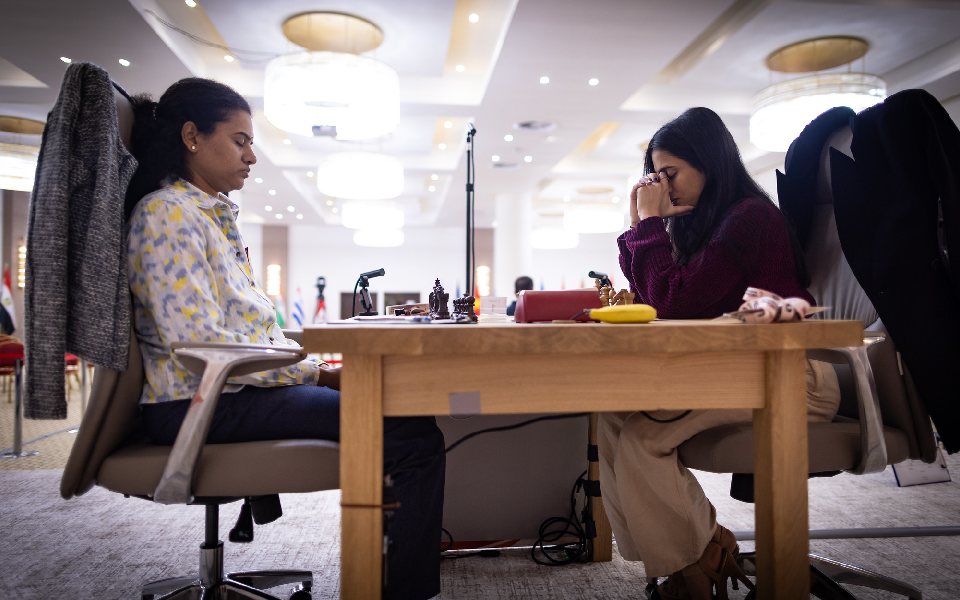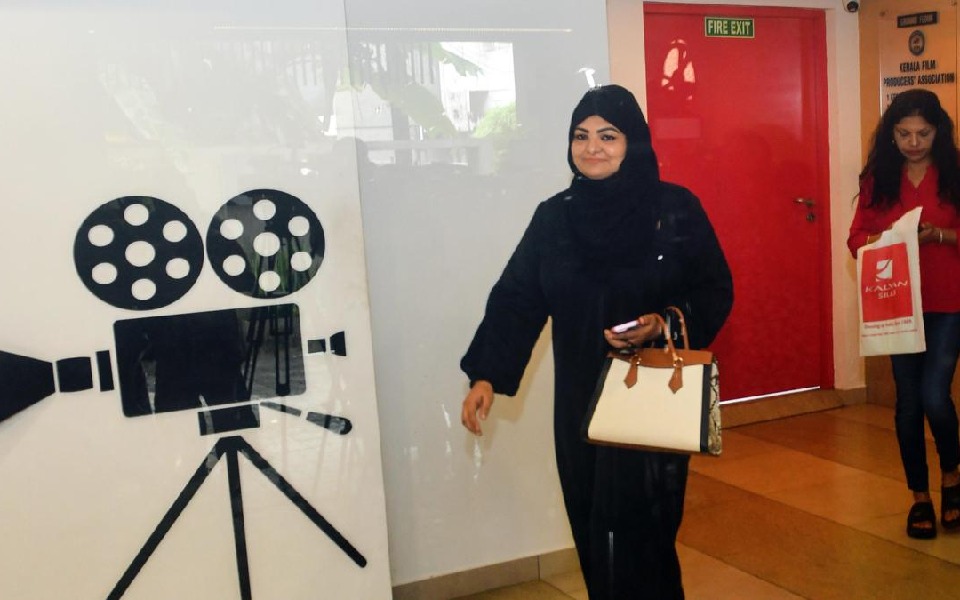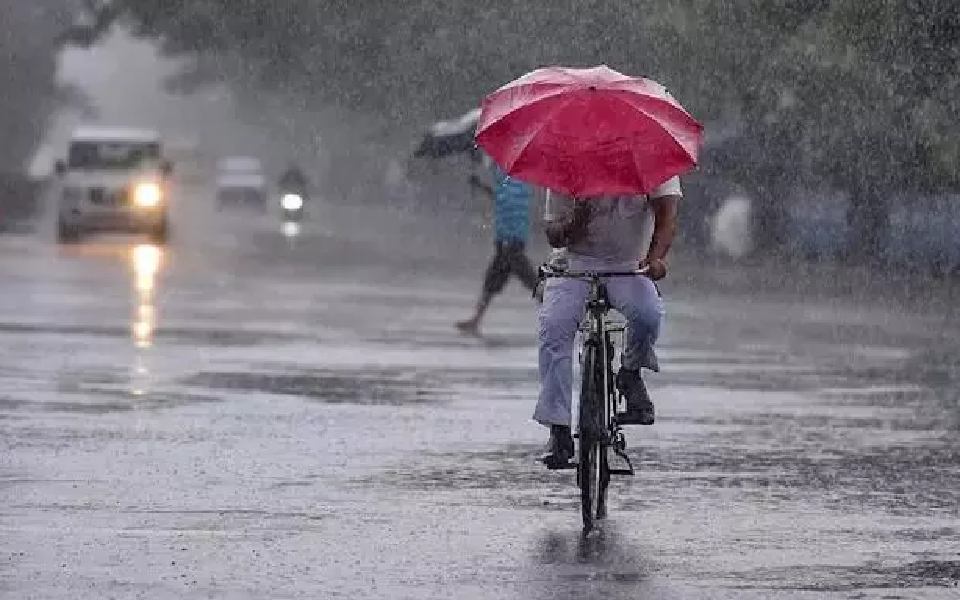New Delhi (PTI): Air India replaced the Throttle Control Module (TCM) of the crashed Boeing 787-8 plane twice in the last six years following a directive from Boeing in 2019, according to sources.
TCM includes fuel control switches, which have come to focus in the ongoing probe into the fatal crash as these switches were cut off immediately after takeoff of the ill-fated London-bound Dreamliner VT-ANB that crashed in Ahmedabad on June 12.
The replacement of the TCM twice -- in 2019 and 2023 -- was mentioned in the Aircraft Accident Investigation Bureau's (AAIB) preliminary probe report into the crash that was released on Saturday. It also said the TCM replacement was not linked to the fuel control switches.
One of the sources told PTI on Sunday that a revised maintenance planning document (MPD) was issued by Boeing for all the operators of the Dreamliners in 2019.
As per the MPD, the operators have to change the TCM, which includes the fuel control switches, every 24,000 flight hours, the sources said.
Since 2019, when the MPD was issued, the source said Air India changed the TCM in the ill-fated aircraft twice -- in 2019 and 2023.
Specific details about the MPD could not be immediately ascertained.
In a statement on Monday, an Air India spokesperson said the airline is working closely with stakeholders, including regulators.
"We continue to fully cooperate with the AAIB and other authorities as their investigation progresses.
"Given the active nature of the investigation, we are unable to comment on specific details and refer all such enquiries to the AAIB," the spokesperson said.
On Sunday, Air India did not offer any comments.
In response to questions sent to Boeing, a company spokesperson on Sunday referred to its statement issued on Saturday saying it will continue to support the investigation and Air India.
"We will defer to the AAIB to provide information about AI171, in adherence with the UN International Civil Aviation Organization protocol known as Annex 13," the spokesperson said in the emailed statement.
AAIB, in its report on Saturday, said that at this stage of investigation, "there are no recommended actions to B787-8 and/or GE GEnx-1B engine operators and manufacturers".
Air India's Dreamliner VT-ANB, which crashed on June 12, was powered by GEnx-1B engines.
According to the report, FAA issued Special Airworthiness Information Bulletin on December 17, 2018, regarding the potential disengagement of the fuel control switch locking feature.
"This SAIB was issued based on reports from operators of Model 737 airplanes that the fuel control switches were installed with the locking feature disengaged. The airworthiness concern was not considered an unsafe condition that would warrant airworthiness directive by the FAA," it said.
AAIB also said the fuel control switch design, including the locking feature, is similar on various Boeing airplane models including part number 4TL837-3D, which is fitted in B787-8 aircraft VT-ANB.
"As per the information from Air India, the suggested inspections were not carried out as the SAIB was advisory and not mandatory. The scrutiny of maintenance records revealed that the throttle control module was replaced on VT-ANB in 2019 and 2023.
"However, the reason for the replacement was not linked to the fuel control switch. There has been no defect reported pertaining to the fuel control switch since 2023 on VT-ANB," the report said.
After being in cut-off mode, the fuel control switches of the aircraft's two engines were turned on later but the London-bound aircraft could not get enough thrust and altitude before it crashed into a building in Ahmedabad killing 260 people.
Let the Truth be known. If you read VB and like VB, please be a VB Supporter and Help us deliver the Truth to one and all.
Batumi (Georgia), Jul 26 (PTI): Young Indian International Master Divya Deshmukh held her nerves to hold stalwart Koneru Humpy to a draw in game 1 of the FIDE Women's World Cup final, with both players having their share of opportunities to take the lead here on Saturday.
The draw with black means Humpy, the two-time World Rapid champion, holds a slight edge going in the second and final game under the classical chess rules in the two-game mini-match, and should the deadlock continue, games of shorter duration will be played to determine the winner.
Humpy employed the Queen's gambit accepted as black and it turned out to be a pretty fascinating game right out of the opening as Divya, 19, came up with a piece sacrifice early to deny the black king the right to castle.
Humpy was the first to err and, according to computers, Divya had things under control on the 14th move. However in her bid to recover the extra material, the Nagpur girl, who has secured a place in the Candidates tournament with her sterling performance here, missed a promising continuation.
What followed the exchange of all minor pieces and the ensuing queen and rook endgame gave enough counter play to both players. The game was eventually drawn after Humpy sacrificed her rook to force perpetual checks.
"The game saw an extremely sharp battle with the game ending in a draw in 41 moves. On move 7, Divya made her aggressive intentions clear by offering another pawn,
which looked like home preparation. Humpy made a practical decision of refraining from taking the pawn and a balanced position was reached by move 10 by white," said Grandmaster Pravin Thipsay, an Arjuna awardee and the first Indian to get a chess Grandmaster norm.
"However, instead of developing the undeveloped Knight, Humpy retreated the centralised Knight on move 10, giving huge positional advantage to Divya. Divya could have gained huge positional advantage on the 12th move by moving a rook. However, she chose to play for King side attack by sacrificing a piece instead.
"Humpy, too, erred at this stage and instead of moving the King to Queen side, moved it to the King side. Divya, on move 14, could have obtained a crushing attack by threatening a mate by developing her Queen. Instead she chose to exchange a pair of Bishops first, which enabled Humpy to defend her King by returning the piece," said Thipsay.
"Players thus reached a balanced Queen and two Rooks ending. Divya continued to play ambitiously and tried to attack Humpy’s King but the latter defended accurately and the game was drawn in 41 moves by perpetual check," he added.
In the play-off for the third place, Chinese players Zhongyi Tan, the former women's world champion and top seed Lei Tingjie also decided to split points out of a Queen’s gambit declined game.
The opening raised visions of a close contest between the two but having been knocked out of title race in the previous round, none of them wanted to take any huge risk. It was still a middle game when the players shook hands.
With the top two positions sealed for the Indians, the berth to the next Candidates is also assigned, while the player finishing third will also get an entry to the premier event scheduled for 2026.
Results: Divya Deshmukh (Ind) drew with Koneru Humpy (Ind); Zhongyi Tan (Chn) drew with Tingjie Lei (Chn).

_vb_42.jpeg)



